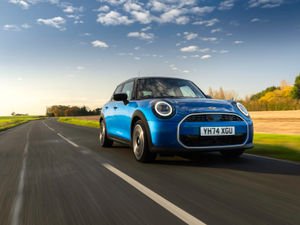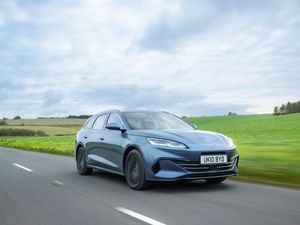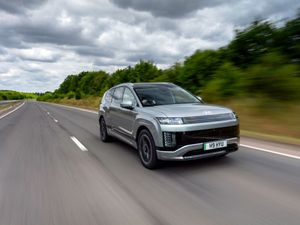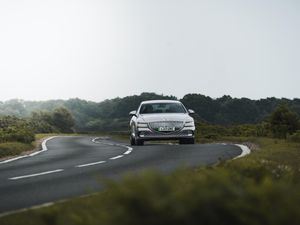First Drive: Does the new Volvo EX30 set an EV benchmark?
Volvo is aiming to capture a huge slice of EV sales in Britain with its new baby electric SUV. Is it a winner?
What is it?

Probably the thing we’ll most remember about 2023 is the influx of Chinese electric cars that have made EVs from the established European brands look expensive. And, to be fair, they are pricey with carmakers tending to favour larger models that generate juicier profits.
But that could change with the Volvo EX30 because, on the surface at least, it’s a high-quality EV with a decent electric range and has a low starting price of just under £34,000. The EX30 could be the EV Brits have been waiting for.
What’s new?
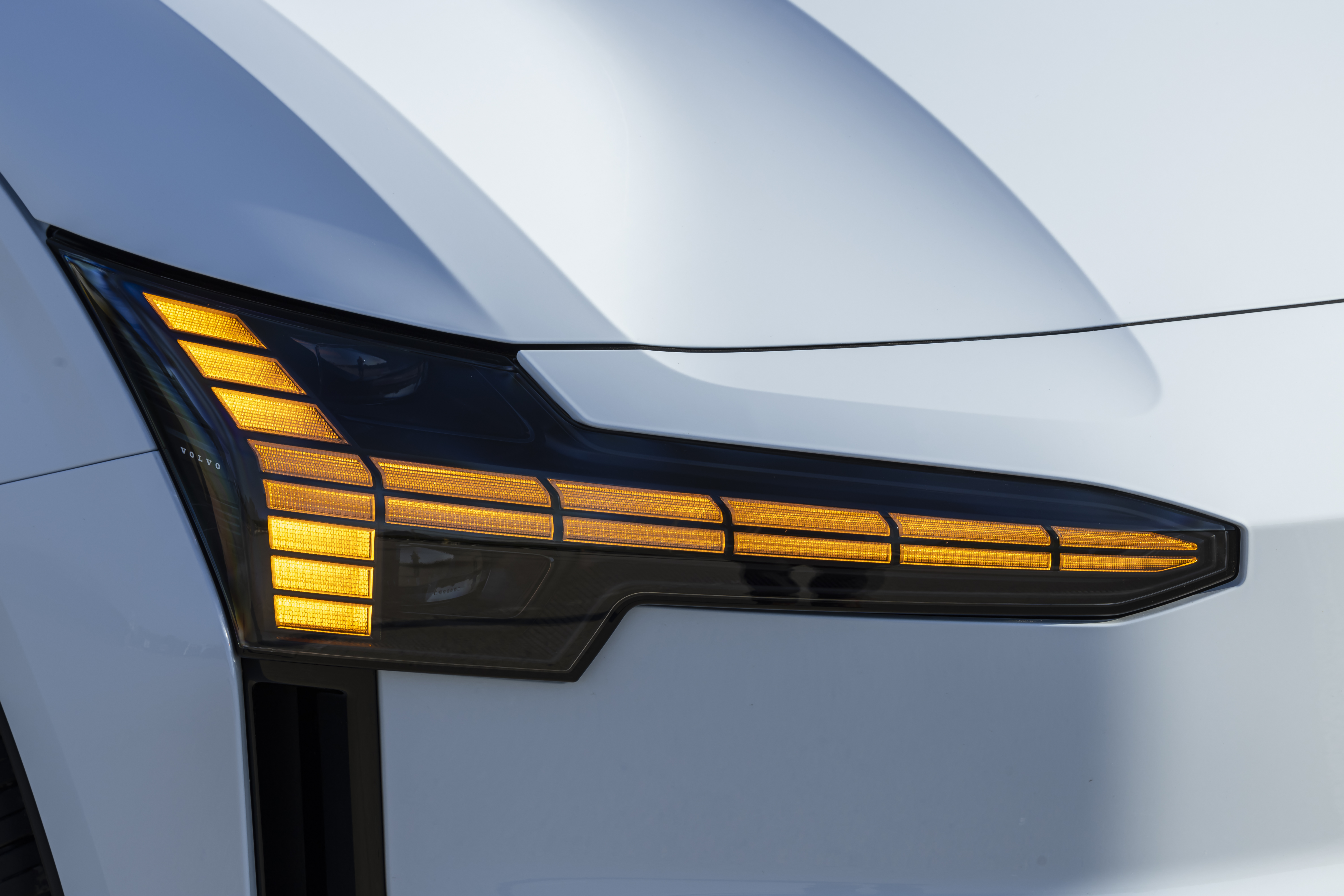
Up until now, Volvo’s electric cars have been good but a little compromised by having to share their underpinnings with petrol and diesel models. That changes with EX30 because it’s been designed and engineered to be an EV from the very outset.
Volvo is making some big claims about its new baby SUV, saying that it’s not only the quickest accelerating car it has ever built, but also the greenest. The EX30 will be the entry point to Volvo’s line-up, with the recently revealed seven-seat EX90 topping the model range.
What’s under the bonnet?
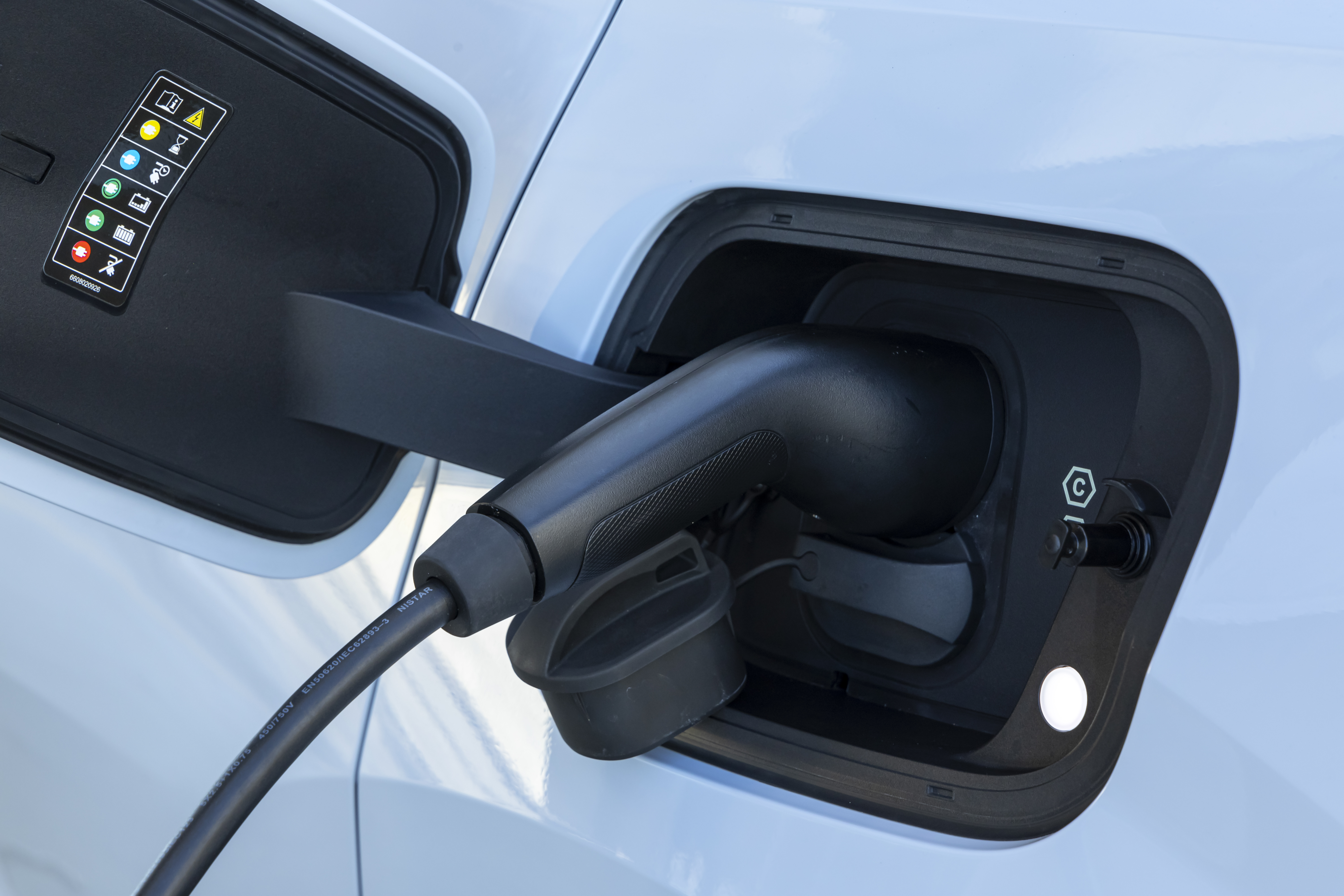
There’s the choice of two battery options. The entry-level Single Motor model gets – forgive us for getting scientific here – a 51kWh lithium iron phosphate (LFP) battery, which uses fewer expensive materials, is less resource-intensive, and is less degrading over time. It’s cheaper, overall, but that also means the driving range is limited – Volvo claims 214 miles, which will likely be well under 200 in normal driving, and even lower in colder conditions.
Then there’s the ‘NMC’ battery, which is of the type used in many electric cars, and uses lithium, nickel manganese and cobalt – precious metals, in other words. This 69kWh battery is reserved for the Single Motor Extended Range and the Twin Motor Performance models; it’s more expensive but it unlocks more range. You get up to 298 miles in the Single Motor, while the Twin Motor travels a little less at 286 miles.
Both the Single Motor and Single Motor Extended Range models have a 270bhp electric motor on the back axle, while the Twin Motor Performance gets an additional motor on the front axle and has a total output of 424bhp. It races from 0-60mph in 3.4 seconds, making it the quickest accelerating Volvo ever. The Extended and Twin Motor models get a heat pump as standard, while the changing capacities are 135kW for the Single Motor and 154kW for the Extended and Twin Motor cars.
What’s it like to drive?

The Twin Motor Performance may well be the quickest car Volvo has ever made, but it’s a bit of a mixed bag to drive. There’s no denying it’s quick, but the car feels a little overwhelmed by the power deployed from the two motors, and it’s a feeling that’s exacerbated by a fidgety ride from the standard-fit 20-inch wheels, and twitchy reactions from the overly light steering.
Things improve considerably with the Single Motor Extended Range, which gets a more supple ride from its smaller 19-inch rims, and the steering feels far more fluid. Its softer, slightly more easy-going nature makes for a more enjoyable driving experience.
Drivers can tweak how firm they want the steering with three different options (soft, medium and firm) but there’s very little difference between either of them, while the level of brake regeneration can be altered and there’s a one-pedal driving mode. The latter is good around the city, but it’s not as finely tuned as systems from Nissan and BMW. Speaking of systems, the EX30 gets a suite of driver assistance features that, in our pre-production test cars at least, were highly intrusive and either nibbled the steering to keep the car in-lane, or constantly bonged and beeped – this was despite these systems being switched off. We’re told these will be tweaked on customer cars.
How does it look?
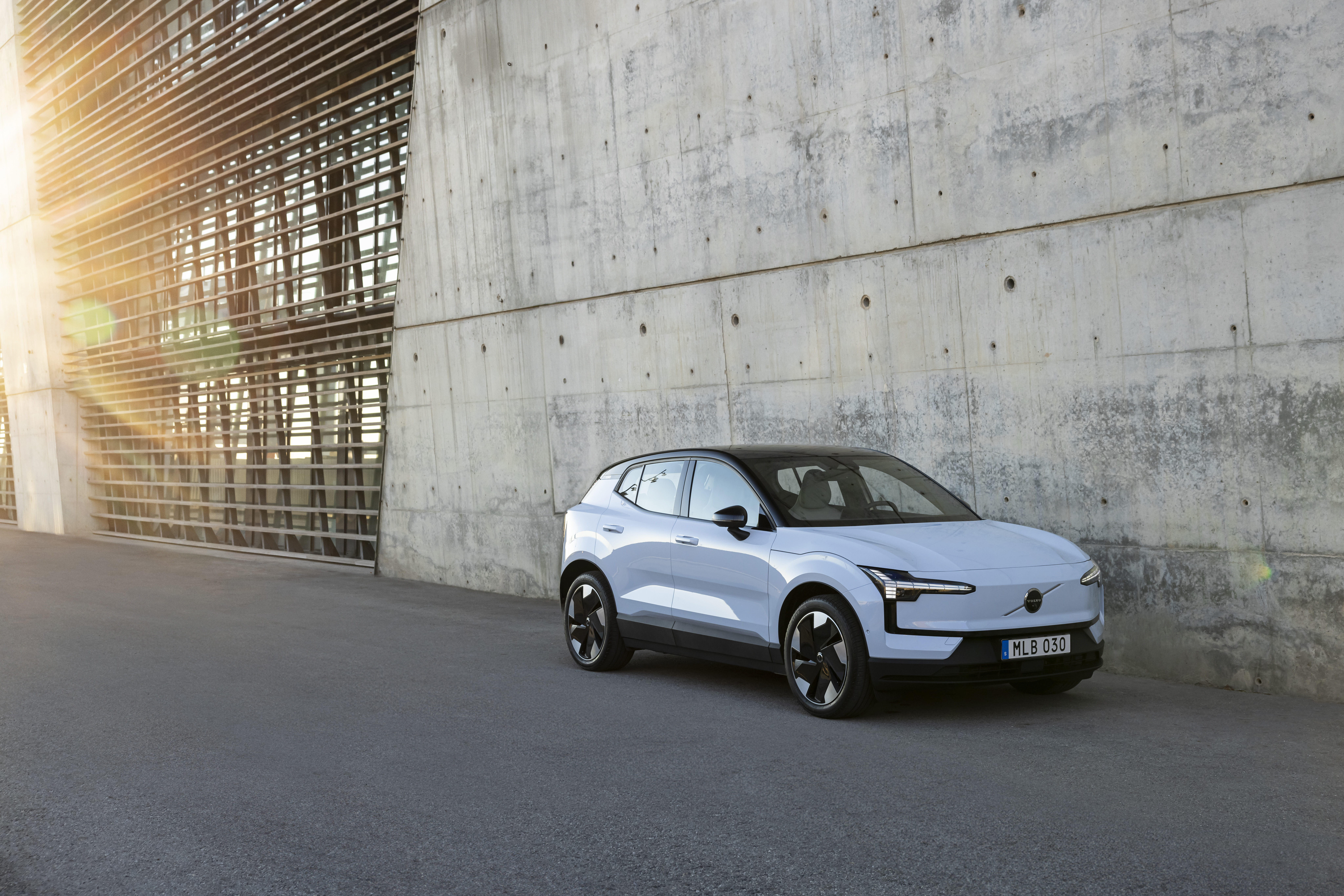
>
The EX30 is one of those cars where pictures don’t do it justice. It’s a very handsome car that takes those classic Volvo design cues – ‘Thor’s Hammer’ headlights, strong shoulder line, and tall rear lights – and neatly updates them; in some ways it makes the XC40 look a little dated.
There’s no need for a ‘grille’ as it’s an EV, but unlike some carmakers which give their electric cars a bland looking appearance, Volvo has succeeded in giving its car an identity. The design is topped off with some chunky rear arches, squat roofline and the rear lights are split with the upper units appearing to integrate into the rear screen. It’s a simple but really good looking piece of design.
What’s it like inside?
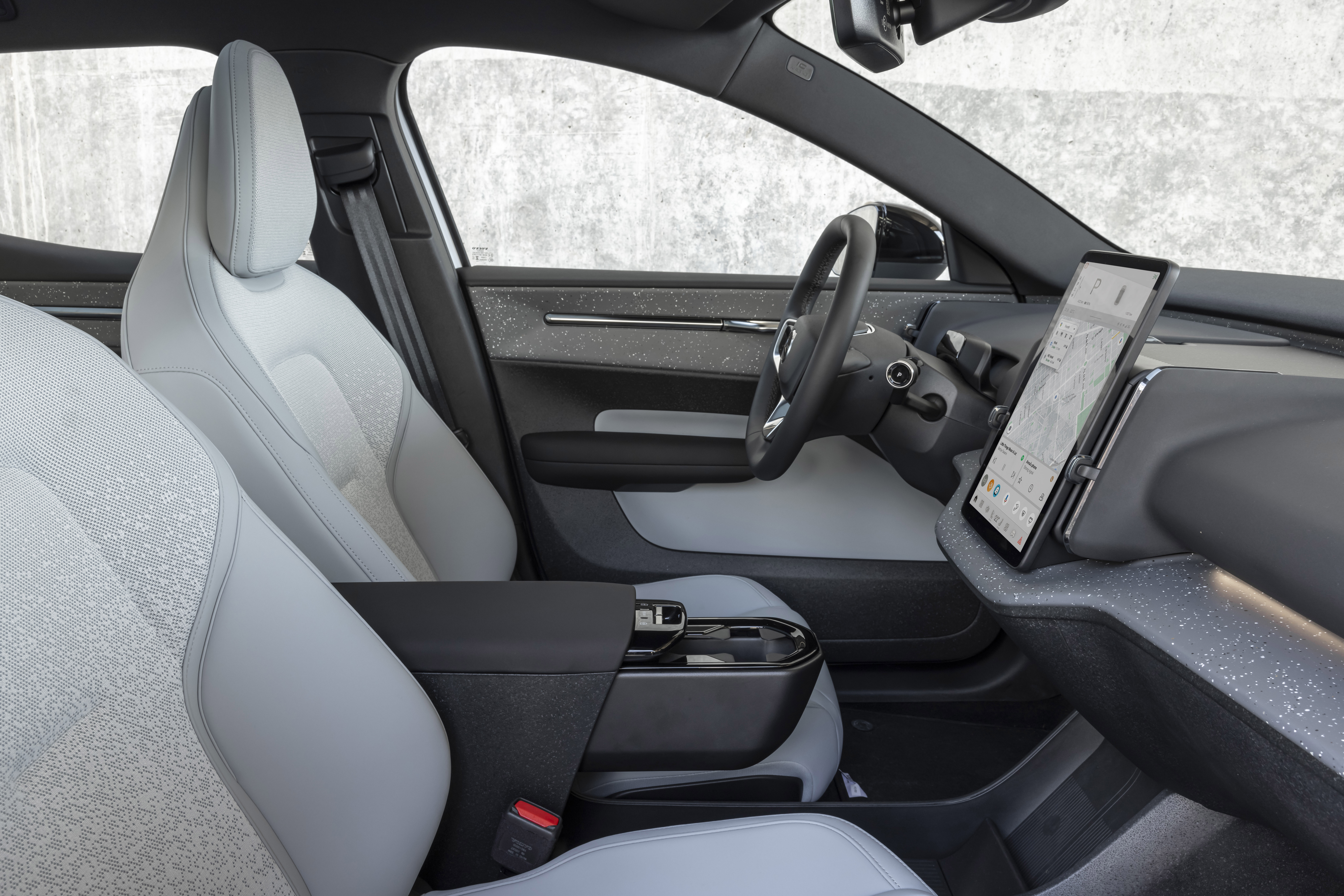
>
Volvo has tried hard to ‘declutter’ things, so the central touchscreen takes pride of place and elegantly appears to be perched on the dashboard like a picture frame. It runs a new infotainment system that is fairly easy to use, but we miss the small row of buttons that you find on other older Volvos, such as the chunky volume knob.
Speaking of buttons, there are just two switches to control the front electric windows; they’re mounted on the centre console and to operate the rear windows requires the pressing of a button marked ‘rear’. Much like it is on a VW ID.3, however, it’s a fiddly thing to do. Another annoyance is the speedo being only positioned on the central screen and there being no secondary display in front of the driver, such as a head-up display. Volvo says there’s no ‘HUD’ because it would get in the way of the Harman Kardon soundbar that runs the full width of the bottom edge of the windscreen; it does deliver a great sound, though, and it takes the place of the door speakers and consequently the door bins are huge.
The real metal door handles are a delight, and there’s a choice of different colours and trims – the ‘flax’ dash trim is nice, but another uses broken up pieces of uPVC windows looks, similar to the type of flooring you find in a hospital.
What’s the spec like?

>
For now, the EX30 starts at £33,795 for the Single Motor in Plus trim which makes it very competitive – for comparison, the cheapest Vauxhall Mokka Electric is some £5,000 dearer – and there’s promise of an ever cheaper ‘Core’ model coming in at around £32,000. Most will opt for the Extended Range, though, which starts at £38,545, which means the EX30 isn’t quite the bargain you might initially be led to believe. That said, in this guise, the EX30 is still on pricing terms with a Kia Niro EV, and there’s no doubting the Volvo badge has greater cache. The Twin Motor Performance cars, meanwhile, start at £40,995 and rise to £44,495.
In terms of those trims, ‘Plus’ is very well equipped and gets heated front seats and steering wheel, ambient lighting, the Harman Kardon sound bar, wireless phone charging, an 11kW on-board charging, and a heat pump (for the larger battery versions). ‘Ultra’ adds extra tech, along with a glass roof, larger wheels, electric seats and a 22kW on-board charger.
Verdict
On paper, the Volvo EX30 is a hugely tempting and much needed competitively priced offering in the burgeoning electric car market. While that low headline price is for a version that most buyers will likely find too compromised in terms of range, the EX30 is still a very desirable small electric SUV that makes many EVs from supposedly more value-for-many brands look unnecessarily overpriced.
Factor in stylish good looks, a very comfortable and tasteful interior, and the cache of that Volvo badge, and you’re left in no doubt that the EX30 will easily be a star car of 2024. And, more likely than not, a hugely popular car on British roads.


